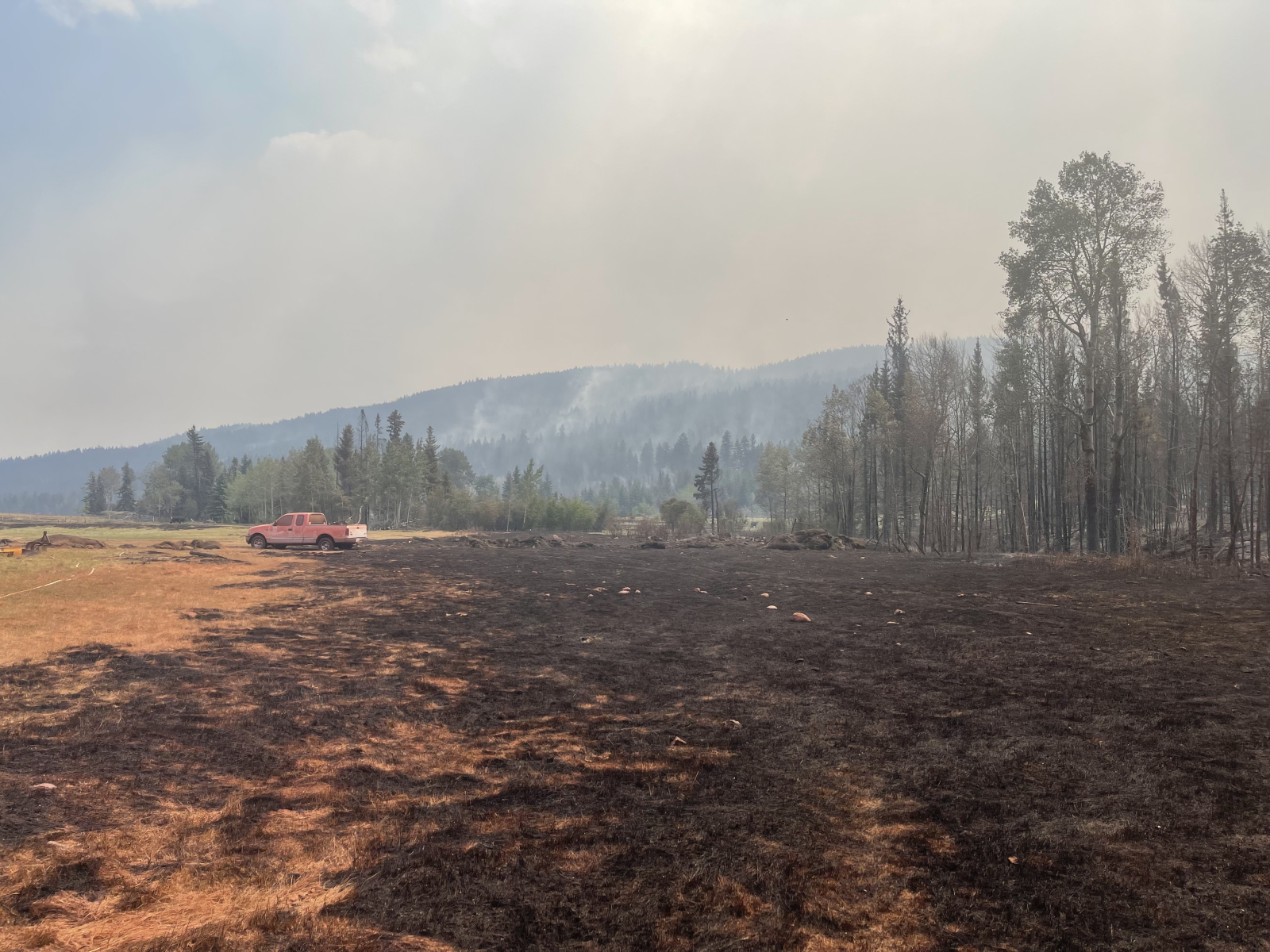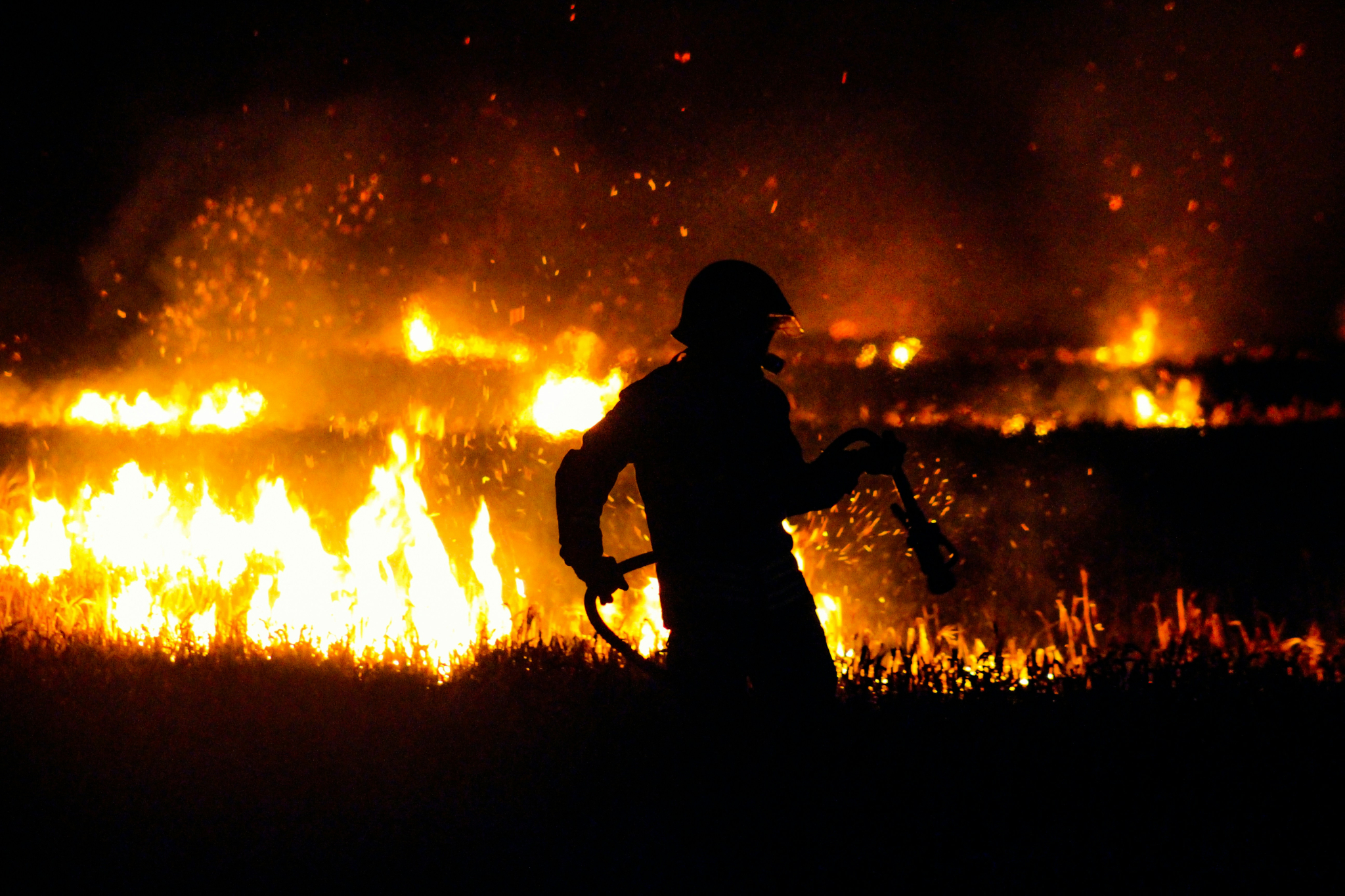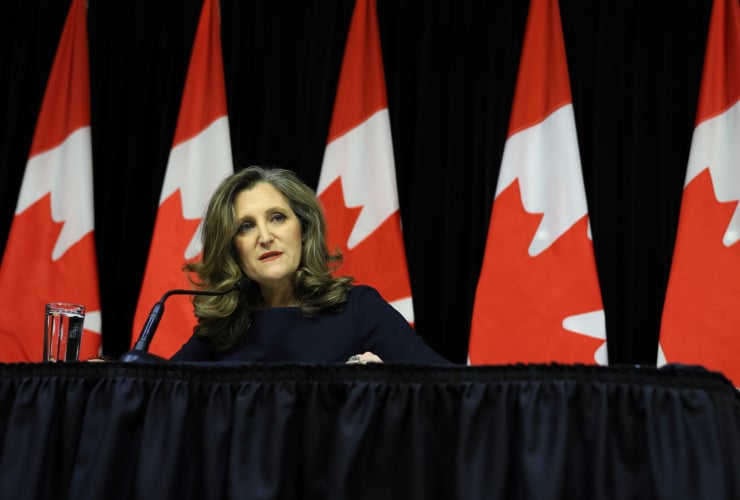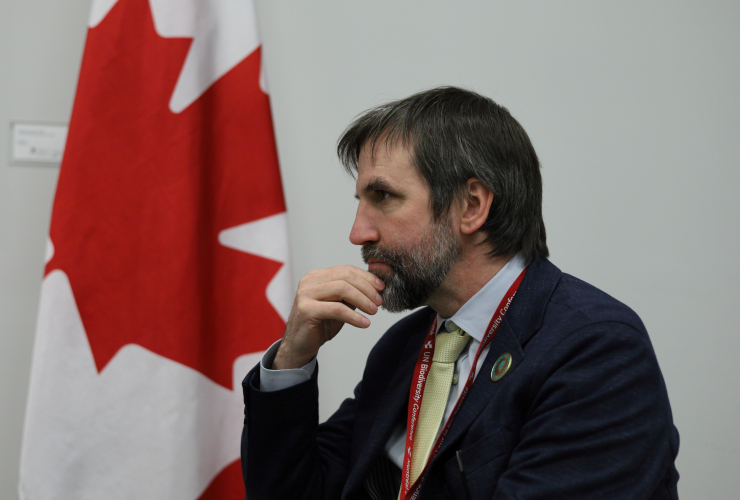When a wildfire scorched Jo-Anne Beharrell’s property in 2021, she was one of the only residents in her community near Kamloops, B.C., with home insurance.
Insurance is expensive in Beharrell’s area — partly because of how far she lives from fire hydrants or a fire brigade. According to Natural Resources Canada, the region is also at a particularly high risk of wildfires due to its dry climate. And it’s expected to get costlier.
The cost of home and mortgage insurance is rising in Canada, in part due to climate change. Experts say for some residents in zones at high risk of flood and fire, the cost of insurance is too high to bear. Already, Beharrell said the cost of insurance has risen too high for her neighbours.
“It's hard to get insurance. And then when you do get it, it's very pricey,” Beharrell said. “A lot of people up here are not insured just because the premiums are so high to have insurance up here.”
Before the wildfire, Beharrell paid about $2,900 annually to insure her plot of land. After the fire, her premiums rose to about $3,400.
That’s approximately double the average cost of homeowner’s insurance in the province, according to InsureBC, which the insurance broker says ranges from about $1,200 to $1,700.
Insurance Bureau of Canada spokesperson Rob de Pruis said there’s little comprehensive data on the actual cost of home insurance across Canada. However, mortgage brokers like Ratehub.ca and insurance brokers like InsureBC offer quotes for the average cost of home insurance in each province, excluding the territories.
In an email to Canada’s National Observer, de Pruis said these quotes only represent a small portion of the insurance industry. He added other factors like the cost of a home, jewelry limits and the likelihood of flooding and earthquakes can make the cost of coverage “vary significantly.”
“We do not have home insurance premium data, unfortunately. This is not captured for the entire industry from any organization,” he said in the email.
There is no doubt, however, that costs are going up. Data from Statistics Canada shows that between 2019 and 2023, the cost of home and mortgage insurance across Canada has risen by about 28 per cent.
Severe weather is one of several factors raising the cost of insurance, de Pruis said in an interview.
“We're seeing an alarming trend of an increase of frequency and severity of severe weather,” he said. “We know that severe weather is increasing so those risk factors are increasing, as well as the overall claims costs.”
Extreme weather, like fires and floods, is expected more frequently with climate change. In 2021 and 2022, the insurable cost of damage from extreme weather events ballooned to about $2 billion. Last year, that cost jumped again to more than $3 billion. According to the insurance bureau, most of these payouts are due to water damage.
Climate change isn’t solely responsible for the rising claims cost, de Pruis said. Inflation and a rising cost of housing repair are also contributing factors.
Back in B.C., Beharrell still sees remnants of the fire.
“When I look outside the window, all I can see is this whole mountainside of just burned, dead, standing trees,” she said. “Out the other window, it looks nice. There’s regrowth. It's our land that we've cleared and, hopefully, can foster it back to some beauty.”

The rising cost of insurance means some Canadians can no longer afford to be covered. Mathieu Boudreault, a climate change and insurance researcher at the Université du Québec à Montréal, said Canadians may be priced out of insuring their homes for overland flooding.
“For those who are well-known to be in floodplains, they would not be able to find insurance,” Boudreault said. “And if insurance is offered, it would not be affordable. We’re talking about thousands of dollars every year.”
He estimated about three to five per cent of homeowners — those facing the highest risk of flooding — are paying “very high” premiums to cover their homes, in the multiple thousands of dollars annually.
Boudreault said climate change will likely up the future cost of insurance in Canada.
“Hopefully, I’m mistaken, but this could only be the tip of the iceberg,” Boudreault said. “Over the next years and decades, insurability might become a bit more difficult or premiums could go up and some people might not be able to afford their insurance.”
Back in B.C., Beharrell said she and her husband will continue to shoulder the bill.
“I'm not convinced that we're 100 per cent in a safe space still just because of the way the mountain and the forest are managed,” she said. “I'm going to continue with that really large bill until I feel safer.”
There's more to the insurance
There's more to the insurance issue. Losses from extreme weather events caused by climate heating are not just affecting home insurance in particularly 'at risk' areas. They're affecting all forms of insurance. The reason is the cost of re-insurance.
Insurance companies buy insurance, too, to protect themselves from extraordinary claims. They use companies like Swiss-Re, Munich-Re, and Canada Life Re. As an insurance companies re-insurance costs rise, they are passed on, of course, to consumers. Consumers see these added costs of doing business on all their insurance products, including car, liability, and, of course, their home insurance even if they live in a climate benign area.
So extreme are the rapidly rising insurance claims caused by climate-heating related events, directly and indirectly, it may mean the insurance industry, as we currently understand it, may stop being viable. That would adversely affect the entire global economy.






Comments